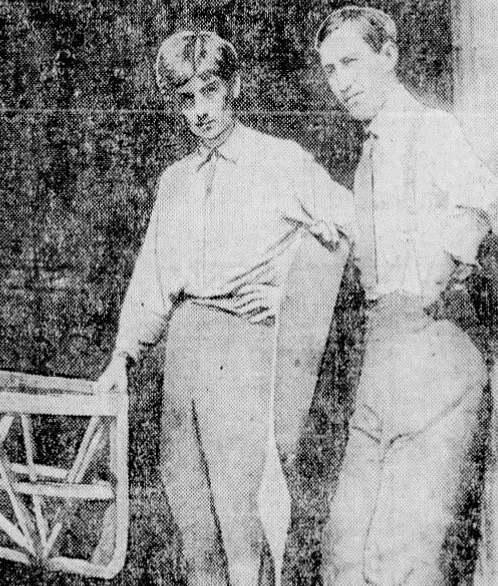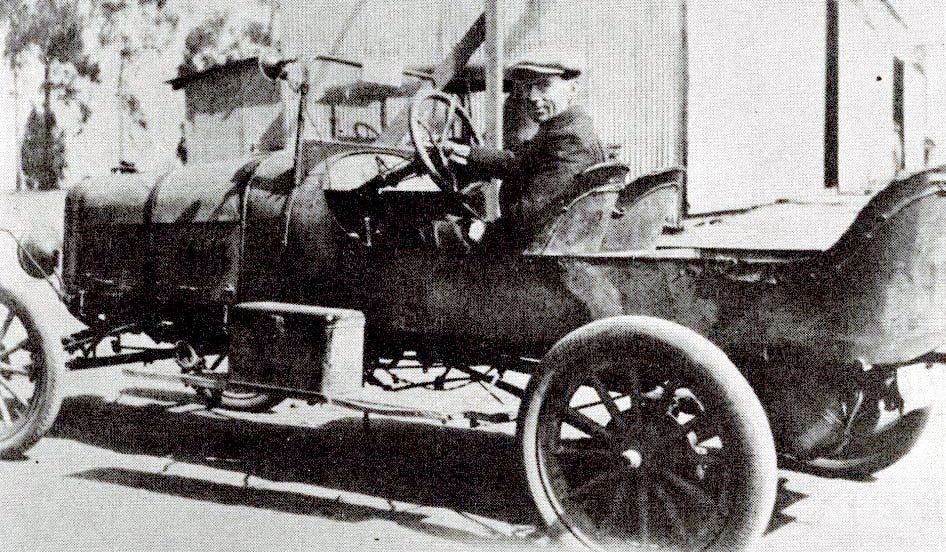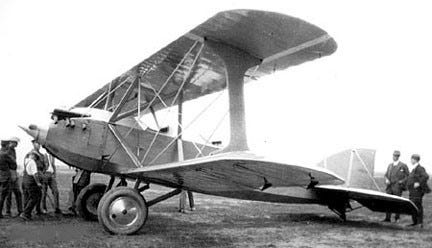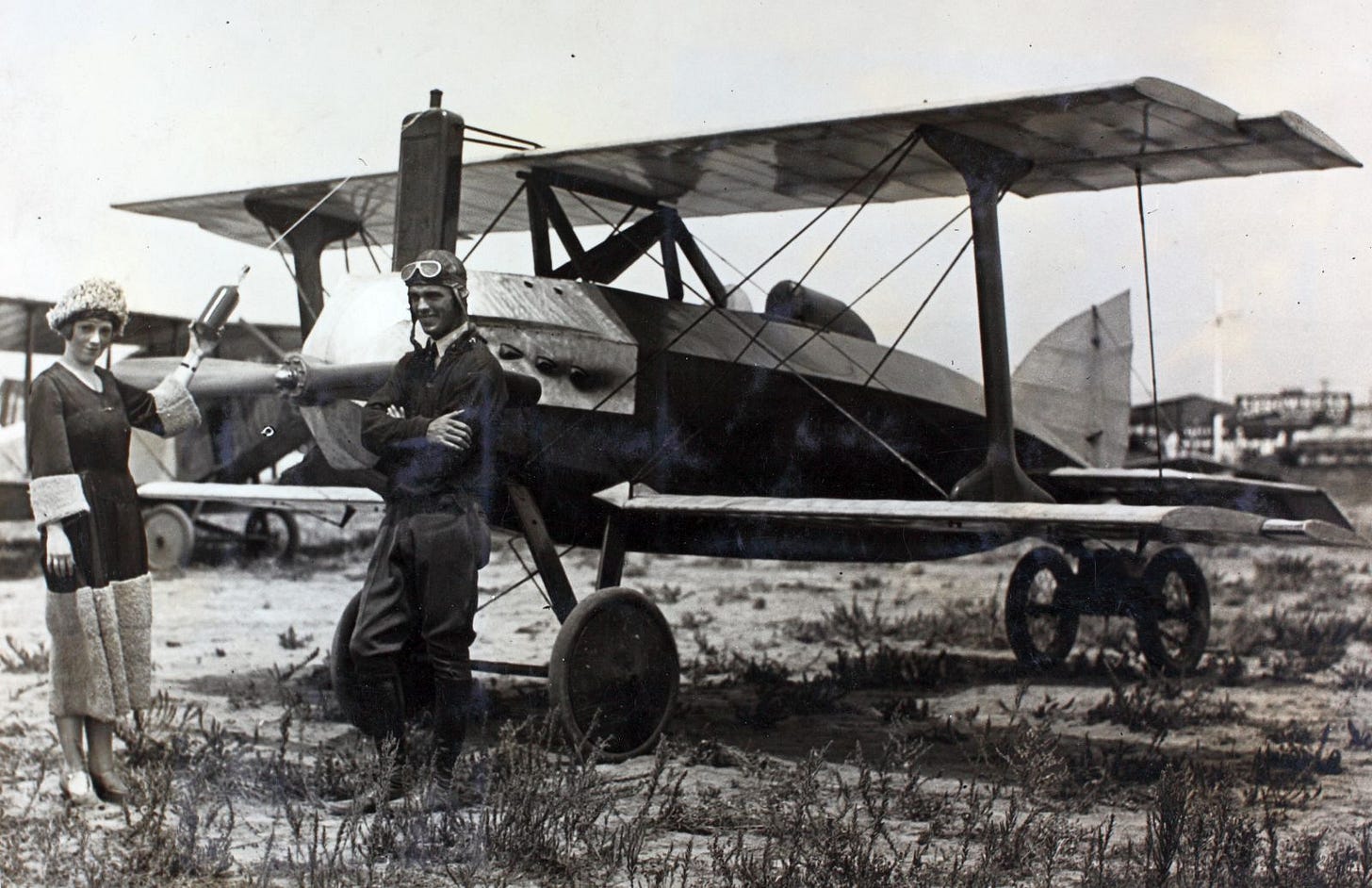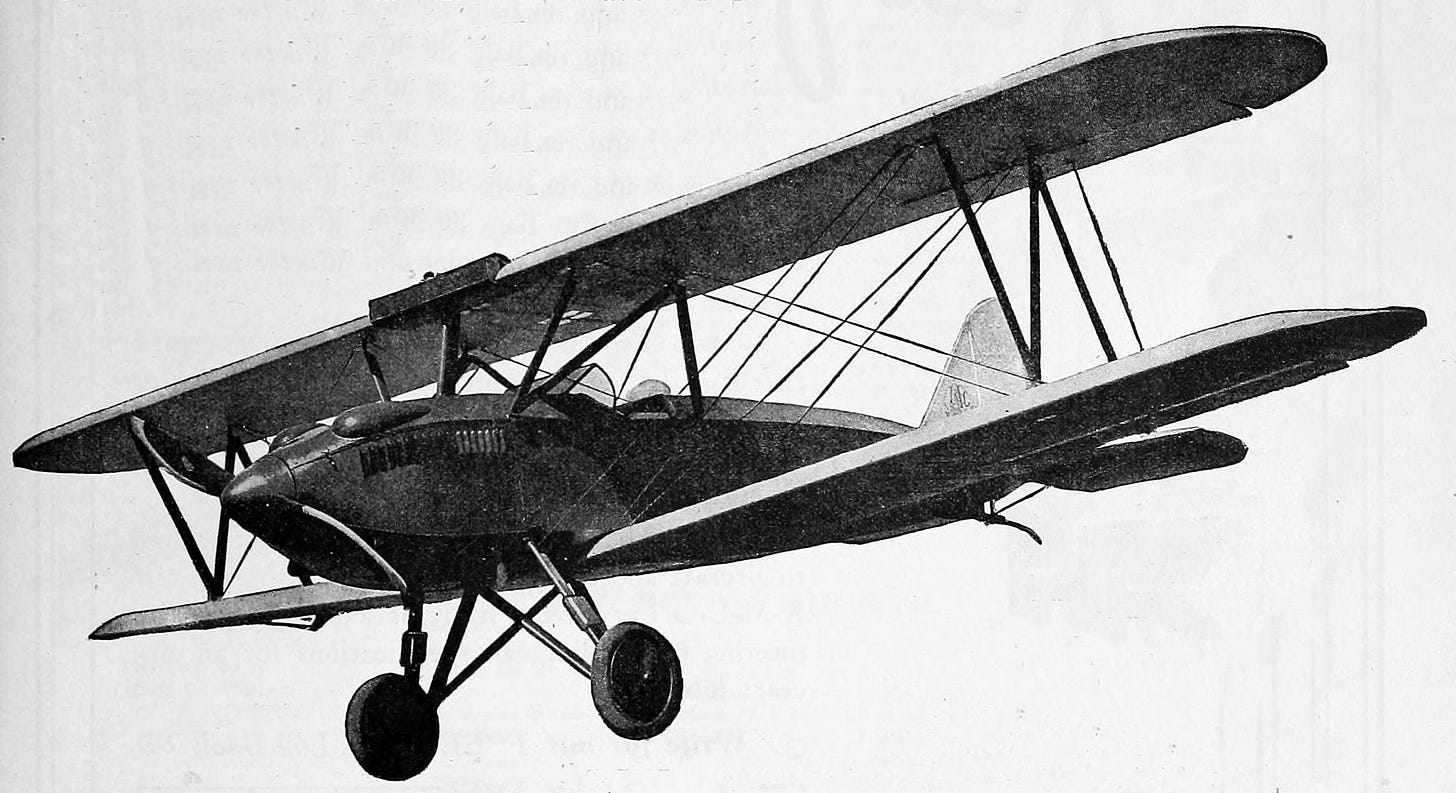From 1911 to 1925, on Marine St. in Ocean Park, aviation pioneer Edwin M. Fisk quietly operates Santa Monica’s first airplane manufacturing facility.
The 1910 Los Angeles International Air Meet, held at Dominguez Field, is a landmark event in local aviation history.1 Expert machinist Edwin M. Fisk (1877 – 1965)2 is in attendance. In 1910, Fisk joins the Aero Club of Southern California and builds his first aircraft. In 1911, George Bentley, Santa Monica real estate investor and owner of 18 acres on Marine St hill between Highland and Lincoln, sponsors Fisk’s operation on Marine St. The facility can turn out 4 airplanes per month. Those who purchase airplanes are taught to fly by Fisk.3
In 1917, J.W. Catron4 and Fisk found Catron & Fisk Airplane and Engine Company at 732 Marine St. Catron & Fisk is a closed corporation, and no stock is offered for sale.
With ample finances and the best air talent available, this company has been carrying on a plane manufacturing business at 732 Marine Street so quietly that even residents of that neighborhood have not dreamed that there was being made in the plant at that address some of the finest machines ever turned out on the Pacific coast.
Evening Vanguard (22 February 1922)
In 1919, the US Army sells at bargain prices, hundreds of WWI surplus 2-person Curtiss JN-4 bi-planes to the civilian market. While this increases public interest in aviation, it financially strains makers of small airplanes. Catron & Fisk plans to focus on passenger planes.
In 1922, Catron & Fisk announces a new air passenger company with daily service between Los Angeles (Rogers Airport) and Bakersfield (Holloway Field).5 On February 22, the 6-person twin-engine tri-plane with a speed of 90 mph is completed at the Catron & Fisk 732 Marine St plant. The first commercial flight is on March 1. On March 4, in a significant setback, the Catron & Fisk airplane crashes soon after takeoff (at 300 ft) from Holloway Field (Bakersfield) when one engine fails.6 The fears of potential customers are confirmed and the service is discontinued.
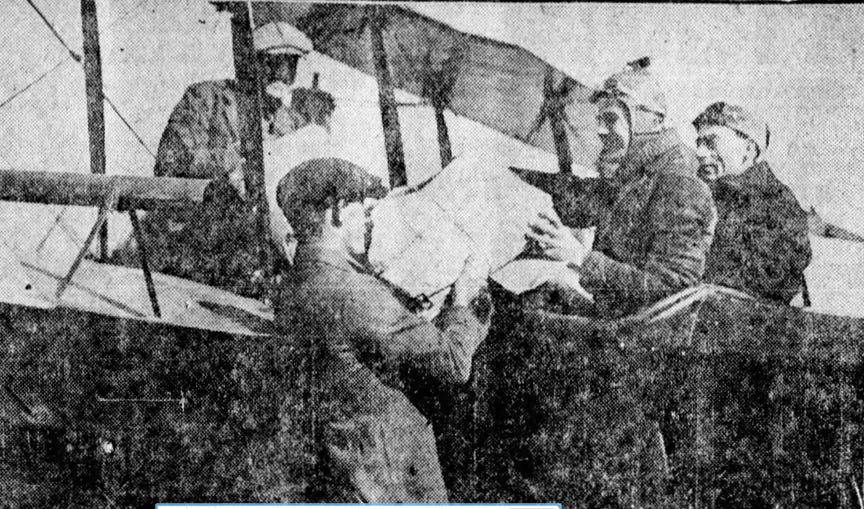
In 1923, John Catron returns permanently to Santa Fe. In 1925, Fisk makes several announcements of a new air passenger company with daily service between San Francisco and Los Angeles, but nothing becomes of it.7
In 1927, Catron & Fisk is re-organized as International Aircraft Corporation and moves from Ocean Park to Long Beach.8 Even the Long Beach factory is unable to keep up with demand - the company had 80 airplanes on order, and can only build six a week.
In 1927, Cincinnati, OH interests purchase International Aircraft Corporation, and move all of its assets to Cincinnati.9 Fisk arrives in Cincinnati with his family in January 1928.10 In December 1928, International Aircraft Corporation files for bankruptcy.11

Wilbur and Orville Wright’s 12-second, piloted powered flight amid the dunes of Kitty Hawk, North Carolina, occurs in late 1903. The first aircraft factory in the United States is organized by Edson Gallaudet in 1908. Glenn Martin (1886 – 1955) begins his aviation career in Santa Ana, building his first successful airplane in 1909. In 1912, Martin organizes the Glenn L. Martin Company and moves to Los Angeles. In 1915, Martin hires Donald Douglas (1892 – 1981) as chief engineer. The Douglas Aircraft Company is founded in 1921 in Santa Monica (25th and Wilshire Blvd).
Edwin McFarland Fisk (1877 – 1965). Born in Pennsylvania, his formal education extends only to the eighth grade. In 1898 Fisk serves as a private in the PA infantry in the Spanish–American War (April 21 – August 13, 1898). In 1901, he marries Cora Maud Bowman (1881 – 1952) in PA, and they have three children - Eulalia McFarland Fisk Spurrier (1903 – 1987), Gweneth Blanche Fisk Chapman (1907 – 1996), and Edwin Ardell Fisk (1913 – 1939). Fisk is a foreman in a Westinghouse tool-making plant. He is still in PA in 1907, but by 1910, he is working as a machinist in Pasadena. In 1911, Fisk buys a property at 715 Navy St, and by 1918 he is living in Venice. On his WWI draft registration of 1918, Fisk lists his occupation as an airplane engineer & aviator, and his employer as J.W. Catron. In 1928 Fisk moves with International Aircraft to Cincinnati, OH. He is still in Cincinnati in 1930, but soon moves to northern CA where he farms, and later manages an inn in Mendocino. In 1940 he is a self-employed aeronautical engineer in Alameda. In 1950, he and Cora are in Dallas, where he (73) is an assistant engineer at an airplane parts manufacturer. Fisk dies in Santa Clara in 1965. No funeral notice, no obituary.
Edwin M. Fisk built his first aircraft in 1910. His first plane at the Marine St shop is a 45-horsepower single-engine mono-plane. From then until 1924, he built 11 different models - mostly 2- or 3-seat open bi-planes.
Fisk favors an 8-sided (octagonal) plywood-covered fuselage for his airplanes. He designed and built the CF-10 (a 22-passenger airliner), CF-11 (sport bi-plane), CF-12, CF-13, and CF-14 (tri-plane).
In 1925, the airplane model designation changes from the Catron & Fisk CF to the International Aircraft Corporation F (for Fisk).
The most important International Aircraft Corporation airplane is the F-17 (single-engine bi-plane), and in 1928, the F-18 (Air Coach 6-seater bi-plane).
John Walz Catron (1878 – 1944). Born in Santa Fe, New Mexico, the son of the US Senator for New Mexico, Thomas Benton Catron (1840 – 1921) and Julia Anna Walz ( 1857 – 1909), John is the eldest of four brothers. The family name is originally Kettenring, shortened to Kettering, before becoming Catron. He attends Phillips Academy Andover and receives a degree in mining engineering from Columbia University. He is a lieutenant in the New Mexico regiment during the 1898 Spanish American War. In 1907 Catron marries wealthy Montana widow Lulu Folger Sellers Largey (1854 - 1918) in New York. They move to Playa Del Rey in 1910, and Catron buys extensive Southern California property. While on his WWI draft registration of 1918, Catron lists his occupation as airplane engineering, Catron’s contribution to Catron & Fisk is mostly financial. After Lulu Catron dies in 1918, Catron marries Virginia Foltz (1876- 1955) in 1919. In 1923, following the death of his father, Catron returns to Santa Fe, where he dies in 1944.
Mercury Aviation Company, providing Rogers Airport (Los Angeles) airplane passenger service to Santa Catalina Island, San Diego, and San Francisco since 1921, closes in 1922.
The Los Angeles - Bakersfield pilot is Eldred L. Remelin (1898 – 1988). No one is seriously injured - the two passengers describe the event as a “great experience.” The airplane is a twisted, crumpled wreck.
In January 1925, Fisk announces a new company with daily air passenger service between San Francisco and Los Angeles. Six (4 in operation and 2 in reserve), 8-person airplanes are to be built at the Catron & Fisk plant on Marine St. The 5-hour flight has stops at Bakersfield, Fresno, and Modesto. Clover Field (opens in 1923) is under consideration as the Los Angeles terminus, and in May, 1925 trial fights are made from Clover Field. In August 1925, Fisk announces a new plan (with a new company - International Airways Inc.) with a 4½-hour flight with stops in Bakersfield and Fresno. The new Glendale airport of airplane enthusiast L. C. Brand (1859 - 1925) is the Los Angeles terminus. The service never takes off.
International Aircraft Corporation has a 4-year lease of a 120-acre former US government WWI ammonium nitrate plant site in Ancor, OH – 10 miles east of Cincinnati. There is 50,000 sq-ft of industrial space in 4 large buildings and an adjacent landing field.
Fisk and his family arrive at Cincinnati (Lunken Airport) in his latest airplane - an F-17 6-person bi-plane. They make the trip in stages - Long Beach, El Paso, Dallas, Springfield (MO), and Cincinnati.
In 1929, the assets of International Aircraft Corporation are purchased out of bankruptcy by Jackson, MI interests. Fisk is to be vice president and design engineer for the new company. In June 1929, operations in Cincinnati resume and are planned to continue until the new plant in Michigan is completed. The Great Depression arrives, and the Michigan company folds in 1930.




